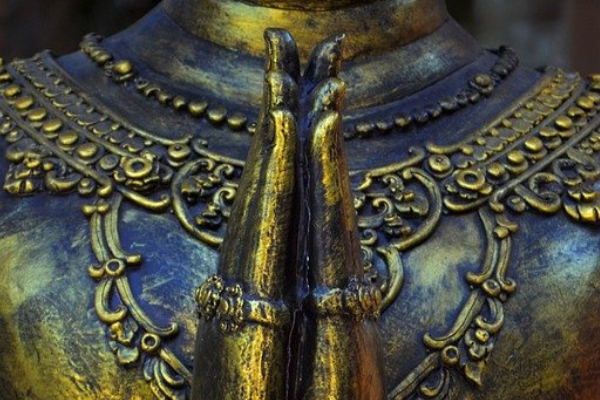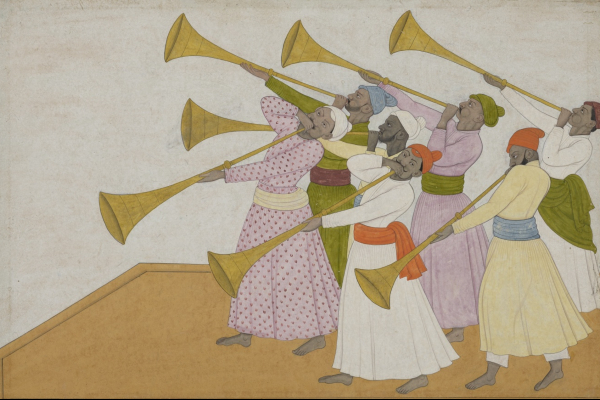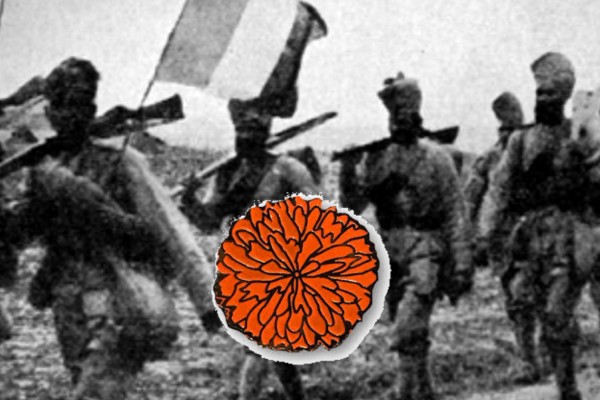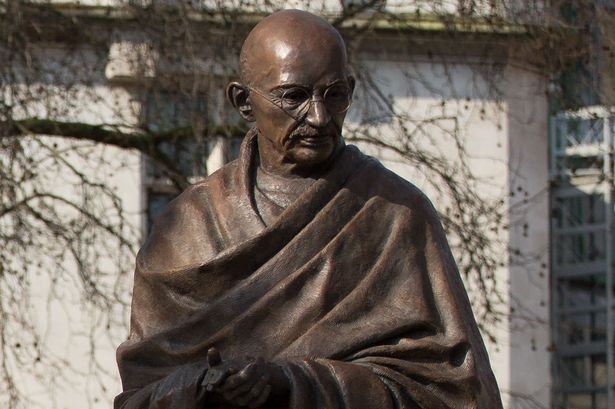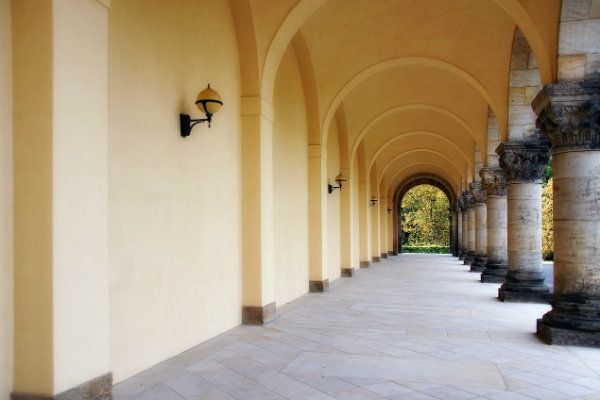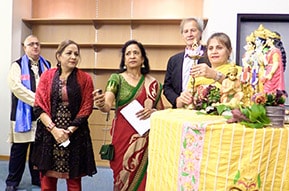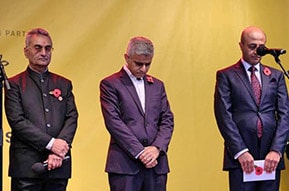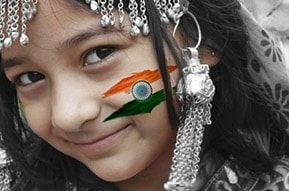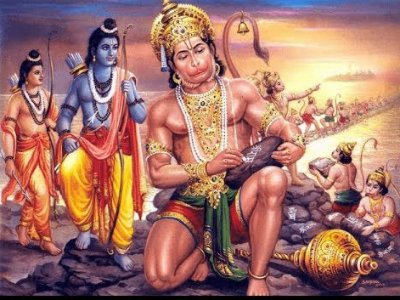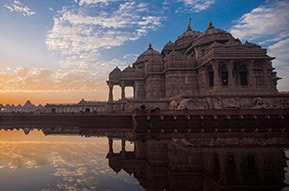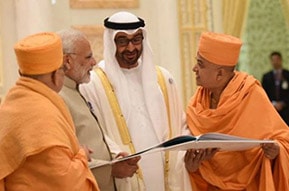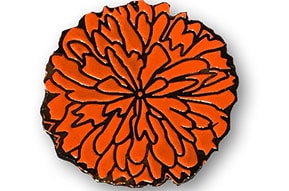Art and culture in Hinduism
‘The man who knows nothing of music, literature or art is no better than a beast.’ Ancient Hindu wisdom warned, “Only without a beast’s tail or teeth.” The arts of civilization’s armor, her weapons and shield against all the pitfalls of life, lighting the darkest corner of the trail, helping us to cross its most dangerous passes.
Art pervades every facet of Indian life, is found on every byway of Hindu civilization. Hindu art in its purest form is Yoga. A disciplined style of worship and self-restraint that may also be thought of as India’s oldest indigenous “science”. Shiva, the ‘great god’ of yogic practice, visually represented as ‘king od dance’ (Nataraj), is the most remarkable single symbol of divine powers ever created by Hindu artistic genius.
Art is so intimately associated with Indian religion and philosophy that it is difficult to appreciate it fully unless one has some knowledge of the ideals that governed the Hindu mind. In Hindu art, there is always a religious urge, a looking beyond. From the exuberant carvings of the Hindu temples to the luminous wall-paintings of Ajanta caves in India, to the intriguing art of cave sited and sophisticated temple-building traditions, the Hindu art offers an amazing visual feast.
In the early period of European of Asia, travelers saw Hindu sacred images as infernal creatures and diabolic multiple-limbed monsters. The most famous of all stereotypes was that of monsters, presented in books as authentic portrait of Indian gods. From the earliest date the Christian Church had taught that all pagan religious were invented by the devil. The typical reactions of early Western travelers were bound to reflect certain prejudices stemming from his Christian background as well as total ignorance of Hindu iconography.
Bishop Heber (1783-1826) was a Church of England Bishop, now remembered chiefly as a hymn-writer, he observed that “the Hindus, they build like Titans, and finish like Jewelers.”
According to Hindu view, there are four goals of life on earth, and each human being should aspire to all four. Everyone should aim for Dharma, or righteous living; Arth; or wealth acquired through the pursuit of a profession; Kama, or human and sexual love; and fourth is Moksh; which is spiritual salvation.
Hinduism is a religion that had no single founder, no single spokesman, no single prophet. Its origins are mixed complex. Once strand can be traced back to the sacred Sanskrit literature of the Aryans, the Vedas, which consist of hymns in praise of deities who were often personifications of the natural elements. Another strand drew on the beliefs prevalent among groups of indigenous people, especially the faith in the power of the mother goddess and in the efficacy of fertility symbols. Hinduism, in the form of comparable to its present-day expression, emerged at about the start of the Christian era, with an emphasis on the supremacy of the god Vishnu, the god Shiv, and the goddess Shakti, which means power.





